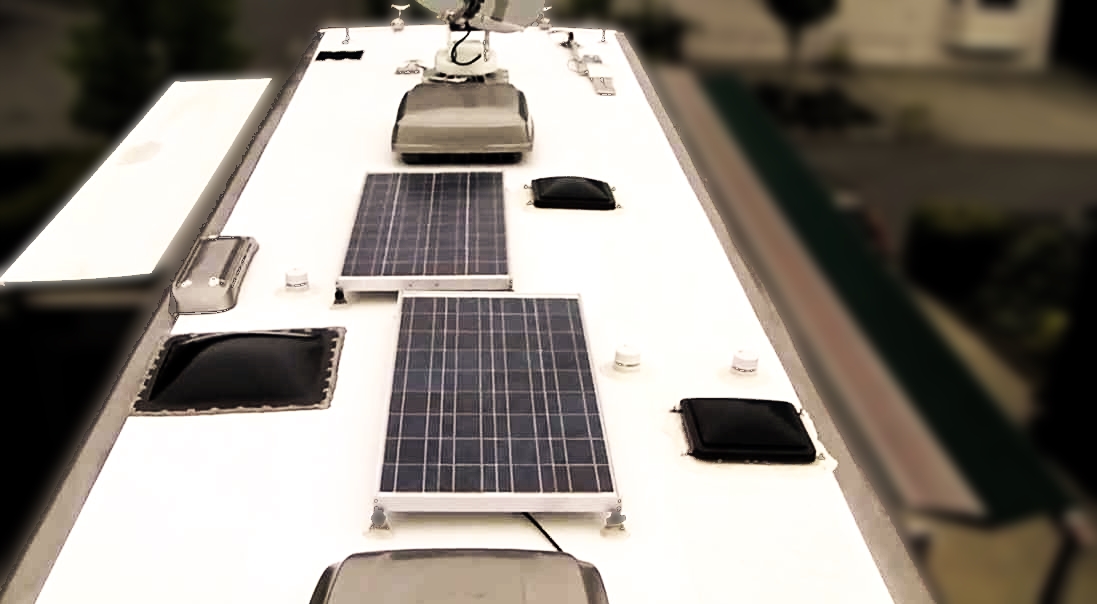
When you have a new RV, you’re anxious about it. We get it.
After all, it’s one of the most important purchases in your life—a place to
live just as well as a place to travel in. And when that investment is suddenly
struck by leakage problems, you want to be the best RV owner you can be and
jump on that problem before it spreads.
We applaud your enthusiasm. But knowledge in this case truly
is power—which is to say, you’d better know what you’re doing before you start
sealing. Fortunately, we have a few tips—and a few product recommendations—to
make sure that your next sealing goes off without a hitch. Here’s what you need
to know:
- Curing
times may depend on atmosphere. Most people don’t think about the weather
and the atmosphere for most of the work they do around the house, let alone the
RV. But when it comes to our End Grain,
it’s true. Curing time will depend on
atmospheric conditions, which means you want to be sure that you’ve given your
sealer a proper time to cure before you go and make any additional repairs. A
little tip: try to stick to days that are generally dry and not too humid or
warm. - You
should buy equipment that works on multiple surfaces. It sounds pretty
basic, right? Like it’s the kind of tip that everyone should know? Yet you’d be
amazed at how many people buy dedicated sealers when they’d do just as fine
buying something more versatile like this Life-Seal®.
The key: read the labels before you do anything. By reading the labels you’ll
know immediately what the sealant can do for your specific materials. It’s
better to find out before you buy than after. - Keep your
sealing tools separate. It’s one of the most important ways to ensure that
you’ll know where your sealing tools are in the future: you have to keep them
organized and separate from the rest of your tools. We recommend buying an
affordable Stick for removing
and leveling off any sealant that you don’t want to cure on your RV. You might
be tempted to use something else for this job, but trust us—it’s better if you
have something specifically for
keeping your hands clean. - Know your
materials first. In addition to knowing what your sealant can do for your
materials, you’ll have to know what materials you’re working with. This can be
difficult. Not every part of your RV will be specifically labeled so you know
exactly what you’re dealing with. When in doubt, ask an expert—and have them
recommend a versatile sealant that can handle your RV issues.
With enough foresight and plenty of enthusiasm,
you’ll still be able to tackle your sealing job in no time, ensuring a clean
and dry RV. Without foresight and enthusiasm—well, then you’re just waiting
until a rainy day and an unfortunate leak. Be the former RV owner, not the
latter.

